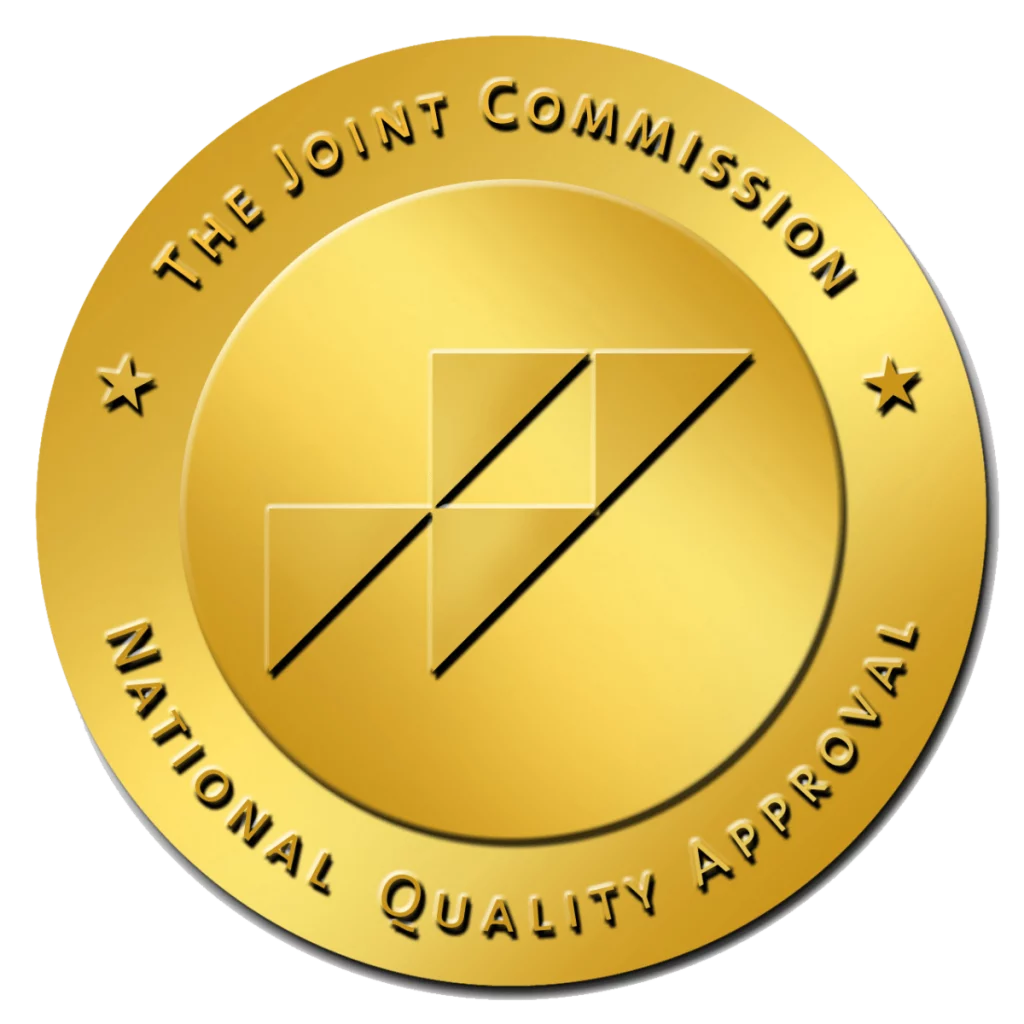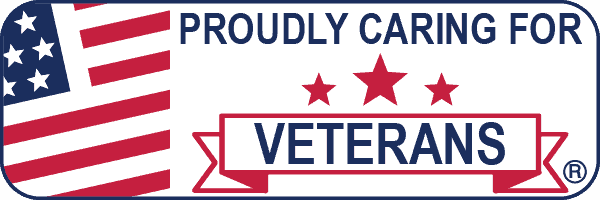Are you familiar with the term “dry drunk?” Many people have heard of someone being a dry drunk but are not really sure of its meaning.
The Meaning of Dry Drunk
An article in Psychology Today “Is there a Dry Drunk in Your Life?” by Carole Bennett, M.A., defines a dry drunk as “one that abstains from alcohol, but is still grappling with the emotional and psychological maladies that may have fueled their addiction to begin with, and continues to have a stranglehold on their psyche.”
Simply put, a dry drunk is a recovering alcoholic who has stopped drinking but whose behavior and thinking are clouded. Their dysfunctional ways of thinking and behaving are the same as when they were still drinking. The person is said to be “dry” but not truly sober. A dry drunk is also at high risk for a relapse.
A Brief History of the Term Dry Drunk
The creators of Alcoholics Anonymous (AA), the 12-Step program, originally coined the phrase dry drunk, also known as dry drunk syndrome. In 1970, author R.J. Solberg first defined the term as “the presence of actions and attitudes that characterized the alcoholic prior to recovery” in his book The Dry Drunk Syndrome.
Today, dry drunk syndrome is also known by several other names including:
- Post Acute Withdrawal Syndrome (PAWS)
- Protracted Withdrawal Syndrome
- Protracted Withdrawal
- Protracted Abstinence
- Prolonged Withdrawal
- Late Withdrawal
When the members of AA first used the term dry drunk, it often referred to a person who stopped drinking but did not continue with the support the organization provided. Now it is understood that withdrawal has two stages. First, the acute stage when an individual may experience physical withdrawal symptoms. Second, the Post Acute Withdrawal Syndrome (PAWS), when an individual may experience more psychological and emotional withdrawal symptoms and fewer physical ones.
What are the Signs and Symptoms of Dry Drunk Syndrome?
Someone dealing with dry drunk syndrome may be hard to be around, often seeming dissatisfied with life. Their actions and attitudes may be as unpleasant as when the person was actively drinking. Mood swings come on suddenly, making the individual unpredictable and unstable, and overwhelming feelings of depression without any reason followed by excited bouts of agitation, irritability, or anxiety, and displays of superiority or grandiosity are all signs of dry drunk syndrome.
Although everyone is different and has their own experiences with dry drunk syndrome, several additional signs and symptoms include:
- The inability to think clearly or concentrate
- Exhibiting negative judgment and having negative perspectives about others, themselves, and the world in general
- Difficulty falling and staying asleep
- Being jealous of friends who are not struggling with addiction, having feelings of general resentment toward family and friends
- Impatience and poor impulse control
- Intensified emotions, increased sensitivity to stress and easily being overwhelmed by stressful events or situations
- Feeling strong cravings and nostalgia for your drinking days
- Experiencing feelings of numbness, complacency, or anhedonia (the inability to feel pleasure)
Another symptom of dry drunk syndrome is poor coordination and clumsiness. Although this symptom is not as common as many of the others, it is serious one. In addition to coordination problems, a person could experience slow reflexes, dizziness, stumbling, and balance problems. When this happens it can look like the person is drunk when, in fact, they have not had any alcohol at all.
Coping with Dry Drunk Syndrome
Two of the most effective ways of coping with dry drunk syndrome are taking part in individual or group therapy and attending 12 step meetings on a regular basis. It is also important to make sure that your expectations about recovery are realistic.
Additional ways to help cope with dry drunk syndrome include:
- Seeking help from a mental health professional for feelings such as depression or anxiety
- Getting encouragement from and celebrating accomplishments with family and friends
- Living a healthy lifestyle by eating healthy foods, getting plenty of exercise and getting enough sleep. Following these good habits help to control stress and improve overall health and wellbeing.
- Finding and developing a hobby that you enjoy is satisfying and helps fill the time once spent drinking with something that is engrossing and pleasurable
- Learning something new stimulates your brain and boosts your brain power
Someone with dry drunk syndrome needs to be patient with themselves and allow their bodies to relax.
Getting Help
Even though a person has given up drinking alcohol, without addressing the underlying causes of their alcohol abuse they are at high risk of having a relapse. Understanding the need for substance abuse treatment is the first step toward overcoming dry drunk syndrome. Without treatment for their alcohol addiction, they do not have the tools they need to deal effectively with their addiction.
If you or your loved one is living with dry drunk syndrome, getting the right treatment is essential for living a life of long-term sobriety. The professional staff at Canyon Vista Recovery Center, a drug and alcohol treatment program located in Mesa, Arizona, provides residents with a full continuum of care that includes 12 Step meetings, advanced traditional and holistic therapies, family healing, life skills, nutritional guidance and an Extended Care Treatment program. Residents are provided with the tools and coping skills they need as they travel down the road to a happy, healthy, sober life.
Learn more about programs offered at Canyon Vista Recovery Center
Contact us at
(888) 979-1840
Source
psychologytoday.com/us/blog/heartache-hope/201105/is-there-dry-drunk-in-your-life










